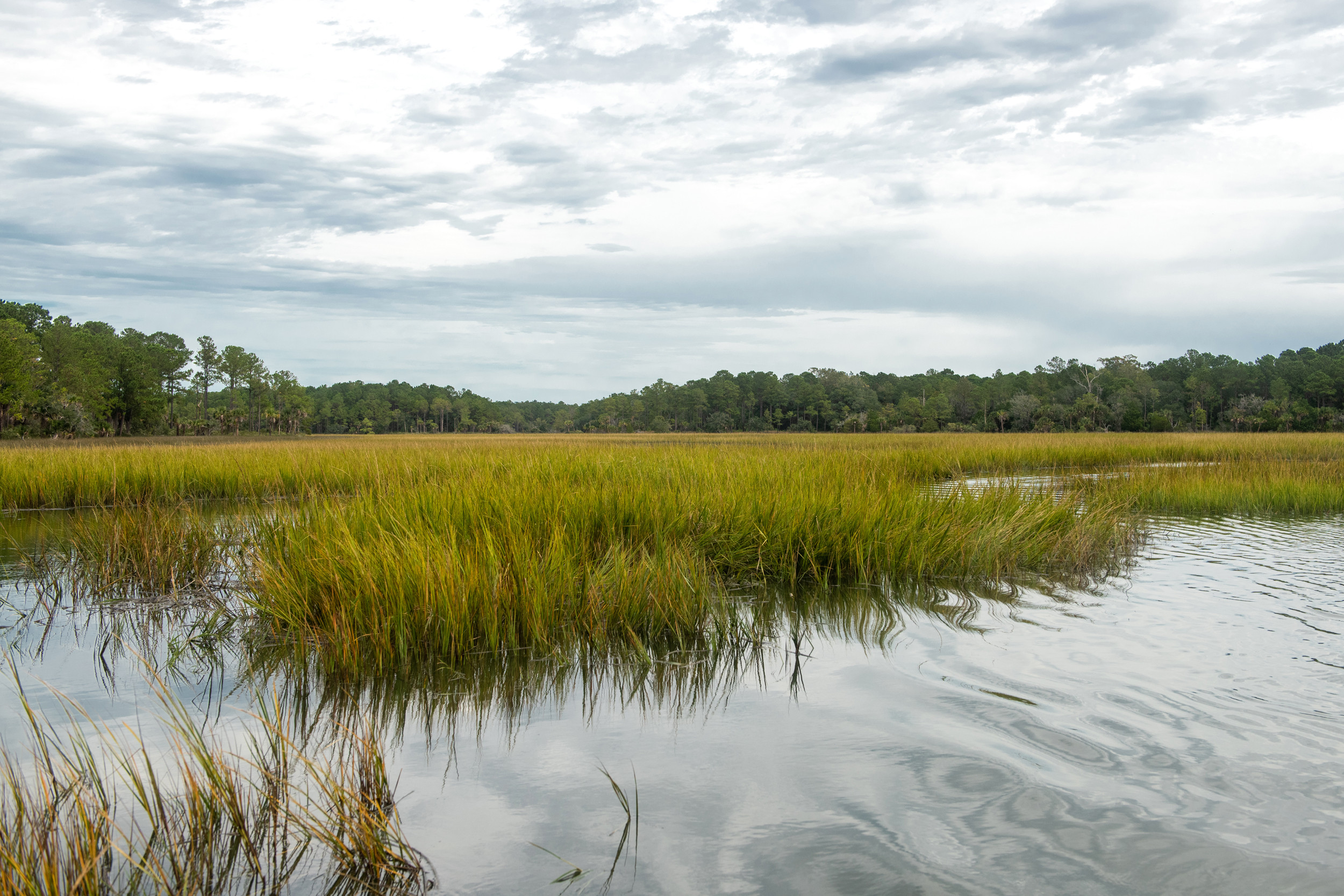The plight of the northern long-eared bat has intensified since March 2023, when the U.S. Fish and Wildlife Service (FWS) elevated its status from threatened to endangered. This change came as white-nose syndrome and habitat loss continued to decimate populations, with extinction projected by 2060.
White-nose syndrome, a fungal infection, disrupts the bats’ hibernation and forces them to expend precious energy in fatal, mid-winter flights for food. These urgent factors led to a halt in development on the 9,000-acre Cainhoy Peninsula, South Carolina, to survey for the species, although construction was soon allowed to continue with few limitations.
This decision has spurred opposition from environmentalists, particularly the Southern Environmental Law Center (SELC), which has been fighting the development since 2022. Their stance is grounded in the belief that Cainhoy’s habitat, lying at the bat’s range limit, could be critical for the species’ survival.
Unlike colder northern climates where the bats hibernate—and thus fall prey to white-nose syndrome—the milder climate in South Carolina allows the bats to remain active year-round, potentially protecting them from the deadly fungus.
The development of Cainhoy Peninsula, which lies in a vulnerable floodplain, has also raised concerns about sustainable urban planning. Almost half of the planned housing units fall within areas at high risk of flooding, an issue worsened by wetland destruction.
Environmentalists argue that these wetlands are vital natural flood defenses, as they absorb and gradually release floodwaters. However, permits from the U.S. Army Corps of Engineers in 2022 and the FWS’s recent approval have allowed the project to move forward, largely unaltered.
Amid rising sea levels and the increasing frequency of extreme weather events, urban planners and ecologists question the wisdom of extensive development in high-risk flood zones.
The Environmental Protection Agency estimates that wetlands significantly mitigate flood damage, with each lost acre contributing to increased annual flood-related costs. SELC argues that the loss of wetlands on Cainhoy Peninsula not only threatens local ecosystems but also exposes Charleston to greater flood risks.

The Cainhoy development has been a long and contentious process, with developers initially securing permits in 2018. However, SELC and other environmental groups have persistently challenged these approvals.
SELC argues that the initial Army Corps assessment failed to consider adequately the impact on endangered species, including the red-cockaded woodpecker. Despite these ongoing legal challenges, construction has periodically resumed, and developers have begun clearing significant portions of forested land.
Environmentalists believe the 9,000-acre Cainhoy project represents an opportunity to demonstrate responsible, ecologically conscious development.
A report commissioned by SELC and the South Carolina Coastal Conservation League recommended reducing the number of homes and altering the layout to protect wetlands and minimize floodplain encroachment. This alternative would allow development to proceed with less environmental impact, fulfilling the region’s housing needs while reducing flood risks.
Opposition to the development is also rooted in concerns over Charleston’s existing flood challenges. Experts note that the city’s request for federal funding for a $1.1 billion seawall directly contrasts with its support for developments like Cainhoy. Critics argue that prioritizing both flood defenses and expansion in vulnerable areas reflects a lack of cohesive climate resilience planning.
The future of Cainhoy’s development remains uncertain as SELC prepares for a full court hearing in 2025. While initial legal motions to halt tree felling were denied, the case brings forward questions about long-term environmental policy, urban planning, and the integration of climate adaptation strategies.
SELC remains hopeful that judicial review could lead to stricter protections for both the bats and the broader flood-prone area.
Ultimately, the Cainhoy development underscores the challenges faced by coastal communities as they balance growth with environmental sustainability. While the demand for housing along South Carolina’s coast is undeniable, SELC and its allies argue that responsible development must prioritize ecological and flood risk considerations to protect both human and wildlife populations.

